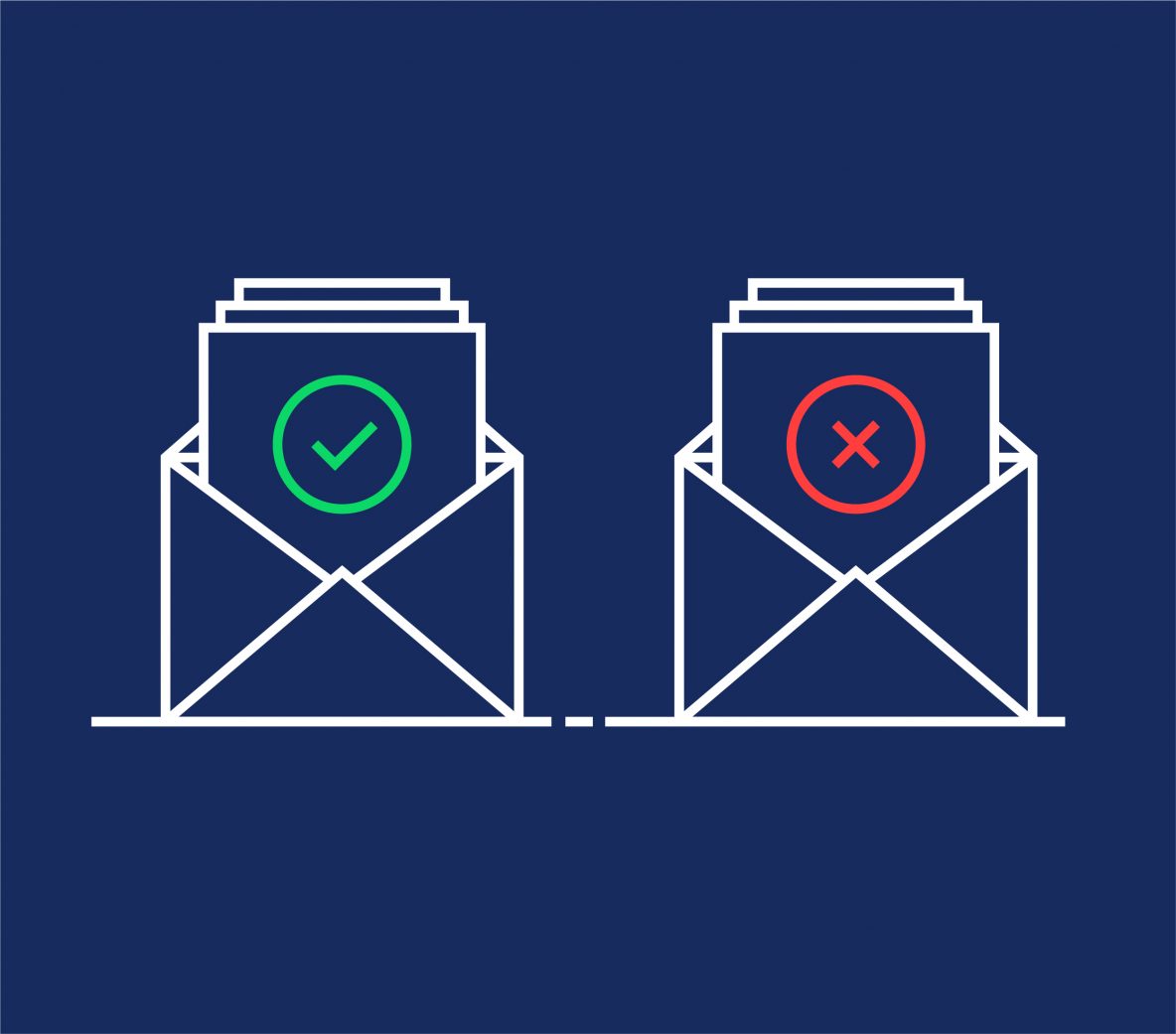If you’ve ever had problems receiving emails sent to you from your website forms, it’s probably because of a very common problem.
When your website sends an email, it uses your domain as the sending address (…@xyz.org). Anyone receiving that email outside of your organization will see that “from” address and know it’s from you. But when your website tries to send an email WITHIN your organization — for a form notification or system alert, that email often never makes it to your inbox. Your email server sees that incoming email tagged with your sending email address but knows the email didn’t originate from itself. It assumes the email is spoofed and deletes it.
We set our website clients with a mail relay system to get around this problem. Services such as Mailgun and Sendgrid “relay” the website email so that when your mail server receives a email from the website, it won’t automatically flag the email as suspicious.
SendGrid and Mailgun both have “free” service tiers that allow for a limited number of emails to be sent from your website each month. When you reach that limit, they will either simply stop sending emails, or they will charge you a fee for each email over the limit.
If you want to ensure that your emails never get cut off, or that you don’t receive unexpected charges, you can either upgrade to a paid service level that provides a larger number of emails sent for a monthly fee, or limit the amount of emails you send out from your website.
Here are a few tips on how to keep your email relay service costs down by limiting the amount of emails that your website sends.
Use a Role Address
For forms that need to send a notification to multiple people within your organization, consider setting up a dedicated “role” email address, such as gifts@xyz.org. Instead of sending a separate email notification to multiple people in your office, the website only sends one email — to the role address — which can be an email alias that your mail server forwards to one or more people who need to see it. Not only will you save costs on your email relay service, this will also make it simpler to add and remove notification recipients as your staff changes. Instead of having to update each and every form on your website, you simply change the forward list for that role address.
Use Email Confirmations
When someone submits a form on your website, they need to receive confirmation that the form actually went through. Unless the form user needs to receive an email notification — for instance to verify that their account email address is legitimate — almost all of your form communication can be handled without sending an email. The confirmation can be as simple as a “Thank You” message that pops up in the same window as the form they just submitted. Or it can be a redirect to a dedicated “Thank You” page you create which contains the confirmation message as well as links for more information. Even donation receipts and event registration confirmations can be set up so that the user can see those and print them from a web page confirmation instead of an email.
